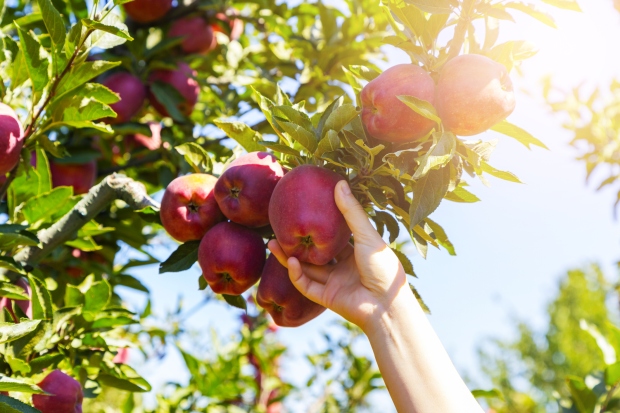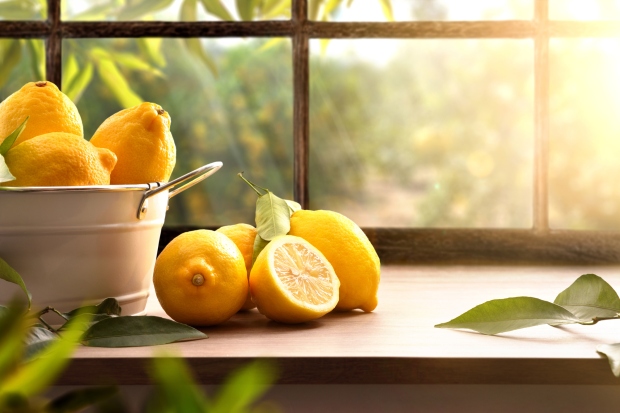Fruit from the supermarket can be a great source of free fruit seeds or scraps that can grow into a plant or a tree. While it usually takes a long time to actually grow a fruit that you can harvest and eat, growing a plant from a supermarket fruit is a fun and satisfying project. If you have ever wanted to do something with fruit seeds or stems that you would usually just throw away, why not try planting them?
A note on seed viability and hybrids: Large-scale fruit production relies heavily on the use of hybrids, meaning each individual piece of fruit has a genetic makeup from more than one variety to maximize shelf-stability, ripeness, and other factors that make them suitable for shipping and selling. Though they still contain seeds, those seeds are not intended to be used to grow new plants. Some of them will still be able to sprout and grow into a new plant, but they will not produce the exact same fruit as the one you purchased. It will more closely reflect one of the varieties that make up the hybrid. That doesn’t mean your fruit will be inedible, but it will be more unpredictable than purchasing fruit seed that was meant for growing.



